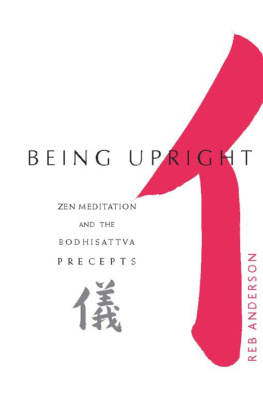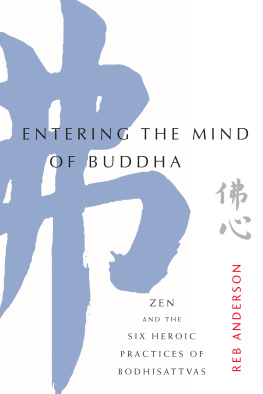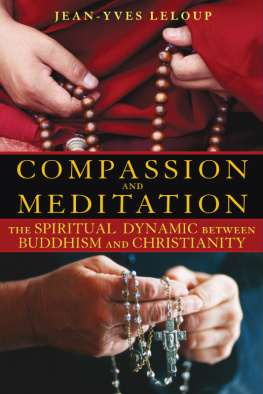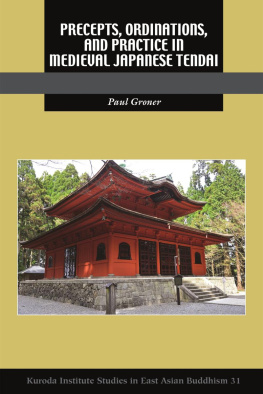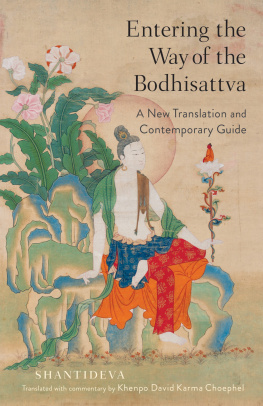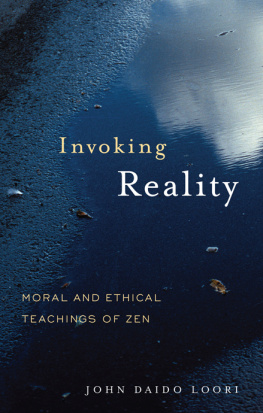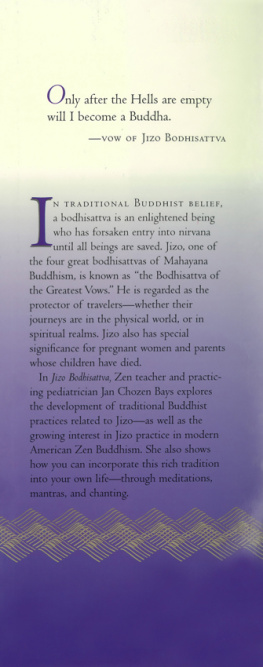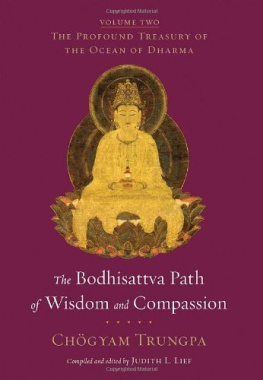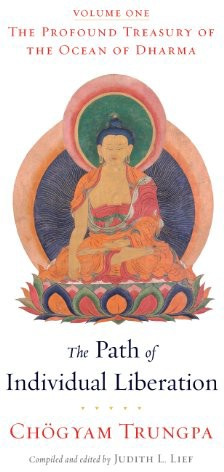Table of Contents
Praise for Being Upright
The precepts are nothing more or less than the simple manifestation of actual practice: what the mind and heart of Zen look like when engaged with the world. In this clear, luminous, and encouraging book, Reb Anderson investigates and opens each of the precepts until we can see its true facenot a rule, not a guiding concept, but the fragrant flower of awakened life, passed from generation to generation, and now between us.
Jane Hirshfield, author of Nine Gates: Entering the Mind of Poetry and Women in Praise of the Sacred: 43 Centuries of Spiritual Poetry by Women
I really like this book! It will be very useful to spiritual practitioners, Buddhist and non-Buddhist alike. Reb Anderson has managed to express his subtle and hard-earned wisdom in language that is wonderfully simple, clear, and free of jargonan impressive feat.
Ty Koontz, former editor of The Laughing Man
Being Upright is a large and compassionate, thorough and clear book about an important, but sometimes neglected, aspect of Zenthe precepts. Thank you, Reb, for bringing them forward.
Natalie Goldberg, author of Thunder and Lightning and Living Color
Being Upright is a much-needed book that provides a solid basis for upright practice. Its very language is upright.
David Steindl-Rast, O.S.B., author of A Listening Heart: The Spirituality of Sensuousness
This book, written by one of Suzuki Roshis first Western students, presents incisive discussions about the relationship between ethics and meditation in Zen Buddhism. Reb Andersons accounts of his participation in some of the turbulent events in Western Zens last twenty years are particularly insightful.
Rita M. Gross, Ph.D., author of Buddhism after Patriarchy: A Feminist History, Analysis, and Reconstruction of Buddhism and Soaring and Settling: Buddhist Perspectives on Contemporary Social and Religious Issues.
Being Upright is an exceptionally thoughtful penetration of the bodhisattva precepts, illuminated by stories of mondo , or dharma combat, between great teachers. Rather than depending on safe generalities and abstractions, the author shows candor and courage by pointing to mistakes and frailties in his own practicea skillful means of instruction. This excellent book, by one of his foremost disciples, does honor to Shunryu Suzuki and his teachings.
Peter Matthiessen (Muryo Roshi), author of The Snow Leopard and The Nine-Headed Dragon River: Zen Journals, 1969-1982
ALSO BY REB ANDERSON
Warm Smiles from Cold Mountains: Dharma Talks on Zen Meditation
TO THE ANCESTORS OF UPRIGHT SITTING:
Homage to our great original teacher, Shakyamuni Buddha, source of the bodhisattva precepts.
Homage to the radical liberator, Bodhidharma, who brought our bodhisattva precept lineage from India to China.
Homage to our lofty ancestor of eternal peace, Eihei Dogen, who expressed the essential meaning of the precepts in the Essay on Teaching and Conferring the Precepts.
Homage to Eihei Dogens great disciples, the priests Sene and Kyogo, who produced the Essence of Zen Precepts, presenting their teachers deep meaning in the vast context of Indras net.
Homage to the compassionate scholar-monk Banjin Dotan, who rediscovered the Essence of Zen Precepts and republished the light of the precepts for later generations.
Homage to the whole lineage of buddha ancestors who have received, practiced, and transmitted these precepts for the welfare of the world.
Homage to our compassionate founder in the United States, Shogaku Shunryu, who first conveyed the bodhisattva precepts to me.
ACKNOWLEDGMENTS
I DID NOT WRITE THIS BOOK on my own. It is the fruit of the generous, enthusiastic, careful, and concentrated efforts of many people. This book evolved from a ten-year dialogue with my fellow dharma students, my family, my editors, and my publishers.
First and foremost, I thank my publishers Donald Moyer and Linda Cogozzo, who have been wholeheartedly involved each step of the way. Without my friend and editor Donald Moyer, this book would never have been written. His personal and professional devotion has sustained and encouraged this work. He continuously looked over the entire manuscript and considered how it could become a coherent, clear, and unified whole. He helped to translate my esoteric Zen idioms into a language more relevant and vital to a wider circle of readers. My appreciation goes to Linda Cogozzo, whose idea it was to structure the book around the bodhisattva initiation ceremony.
I acknowledge the great and kind efforts of Kazuaki Tanahashi Sensei, who worked with me for years in translating the Essence of Zen Precepts (Zenkaisho), the text that inspired this book. Going through the text so slowly and meticulously was a deeply encouraging experience. I express my gratitude to Dainin Katagiri Roshi, who originally told me about the Essence of Zen Precepts; to Professor Carl Bielefeldt, for giving me the Japanese text; and to Gil Fronsdal, for helping to translate Banjin Dotans notes to the text.
For about a year I met with a group of Zen priests and read through Kazuaki Tanahashi Senseis and my rough draft of the translation of the Essence of Zen Precepts. Our discussions were very helpful in editing the text. This group consisted of Eijun Linda Ruth Cutts, Furyu Nancy Schroeder, Setsuan Gaelyn Godwin, Meiya Wender, Shoji Pat Leonetti, Taiyo Lipscomb, Taigen Leighton, Shosan Victoria Austin, Naiko Jordan Thorn, and Myo Lahey.
Once the translation was completed, Tanahashi Sensei suggested that I write a further commentary or give talks on these ancient teachings in order to make them relevant to our modern world. Following his advice, I gave a series of lectures on the text during a ninety-day practice period at Tassajara Zen Mountain Center. These teachings were very well received, and many of the practice period participants enthusiastically encouraged the publication of this material. Several people expressed a willingness to transcribe the talks, but in the end it was Shosan Victoria Austin who did almost all the work. I deeply appreciate her immense effort and great devotion to the precepts in general and to this project in particular. After the talks at Tassajara, I continued to give lectures on various aspects of the precepts, such as confession and renunciation, and Martha Wax generously and skillfully transcribed a number of these.
The next step was editing and rewriting the transcriptions of the talks into a form appropriate for a book. During this stage, Setsuan Gaelyn Godwin went over the material with meword by word, sentence by sentencediscussing, correcting, and revising until we were both satisfied. From this point on, Gaelyn continued to give help and encouragement in innumerable ways until the book was finished. My gratitude for her kindness, skill, and devotion is boundless.
Eijun Linda Ruth Cutts, Teah Strozer, Christina Lehnherr, Stuart Kutchins, Alan Senauke, Charlie Pokorny, and John Berlow made helpful comments and suggestions at various stages of my writing.
The manuscript was then turned over to Laurie Schley Senauke, who worked on the substantive editing with care and precision. Through all her cuts and changes, she was extraordinarily skillful at preserving my story-telling voice. I am deeply grateful for her high standards and great aspirations, and for the time, effort, and love that she gave to this book.

